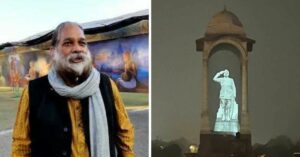5 Recommendations from TRAI that can Help India’s Press Remain Independent
While these recommendations never saw the light of day, perhaps pushing for the implementation of some of these will help clean up the fourth estate

More than 40 years ago, in 1975, Prime Minister Indira Gandhi imposed an Emergency. Among many other things, the move also severely curtailed the freedom of the press. As someone who has only heard stories about that period, I have always been fascinated by the Emergency.
Political parties and politicians continue to condemn what happened then. Each year in June, we see tweets, comments, statements issued by parties on how that was one of the darkest periods in our democracy and how we can never let ourselves go back there.
For example, Prime Minister, Narendra Modi tweeted – “A vibrant liberal democracy is a key to progress. Let us do everything possible to strengthen our democratic ideals and ethos further.”
While the idea finds resonance among India’s citizens, are we really doing everything in our power to strengthen our democratic ideals and ethos though?
To my mind, the answer is a big NO.
Would you agree if I said that the fourth estate, or in other words the press and media, wield a rather significant influence on society? If yes, then is it fair to have corporate houses and others with vested interests invest in media houses?
Is it really possible to run a free and fair press with this direct hold?
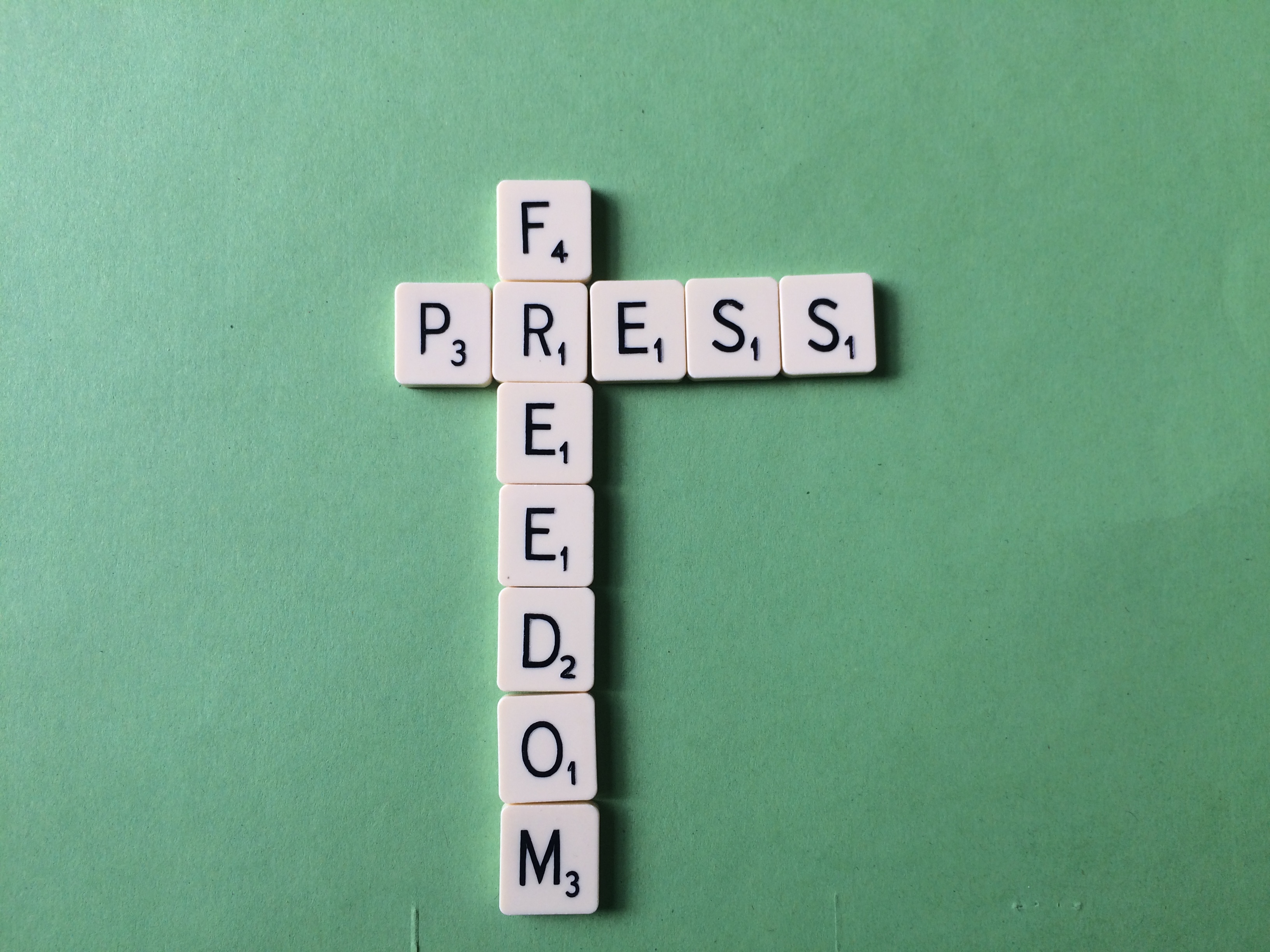
Photo Source
Empirically, in the last one year alone, almost seven editors from various well known and reputed daily’s and online publications have either resigned or have been in situations that required them to step down.
While during the Emergency, the gag on the media was in your face and blatant, in today’s scenario, the gag is invisible, but the effect is nearly the same.
Editors are pulled up for putting their opinion out in the public domain, journalists are asked to tow the line, and media houses align themselves with different political ideologies, and kow-tow to the interests of the owners and sponsors. Is this freedom of press then?
It is getting harder and harder to establish who is controlling whom. Are major business tycoons buying media companies as investments? Or because they want to control the message?
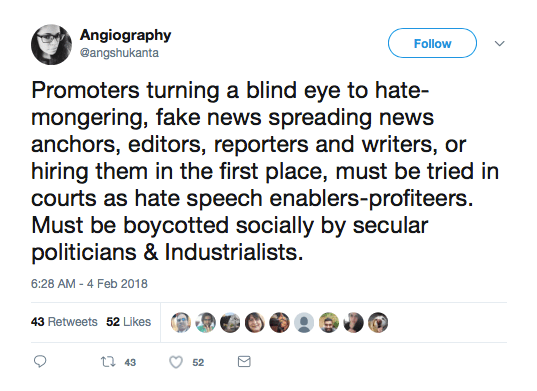
Today, some publications that are exclusively the mouthpieces of certain political parties. Newspapers and television channels openly proclaim their political leanings and even their ownership.
At least, such media houses are open about their affiliations, and biases – leaving the viewer with the choice to make for themselves.
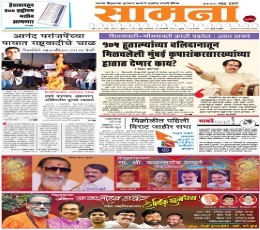
Photo Source
What is more dangerous is those in which the lines are blurred – and the publications apparently independent.
Gone are the days when journalism used to be incisive, unbiased and inspiring. Now all we have is insipid reporting, high decibel shouting matches and a blatant attempt to showcase the good side of the media house’s masters.
Is there an answer? Well in 2013, the Telecom Regulatory Authority of India (TRAI) published a consultation paper titled – Issues relating to Media Ownership.
The opening paragraph of this paper reads as follows:
“The media plays an important role in the democratic process of a country, more so in today‘s technologically fast-moving environment. Its inherent ability to reach the masses implies that it has a vital role in building (and influencing) public opinion and creating awareness. Media also plays a vital role in delineating the economic, political, social and cultural characteristics of a country. Thus, media pluralism is a cornerstone of democracy, and this fact should be reflected in the plurality of independent and autonomous media and diversity of media content.”
The following recommendations were made by TRAI in 2014 to curb the ownership pattern in media houses:
1. To make an obvious distinction between ownership and control.
2. To keep the media and news agencies free from political, religious, and governmental bodies.
3. Make Doordarshan completely autonomous – thus making it a strong independent news broadcaster.
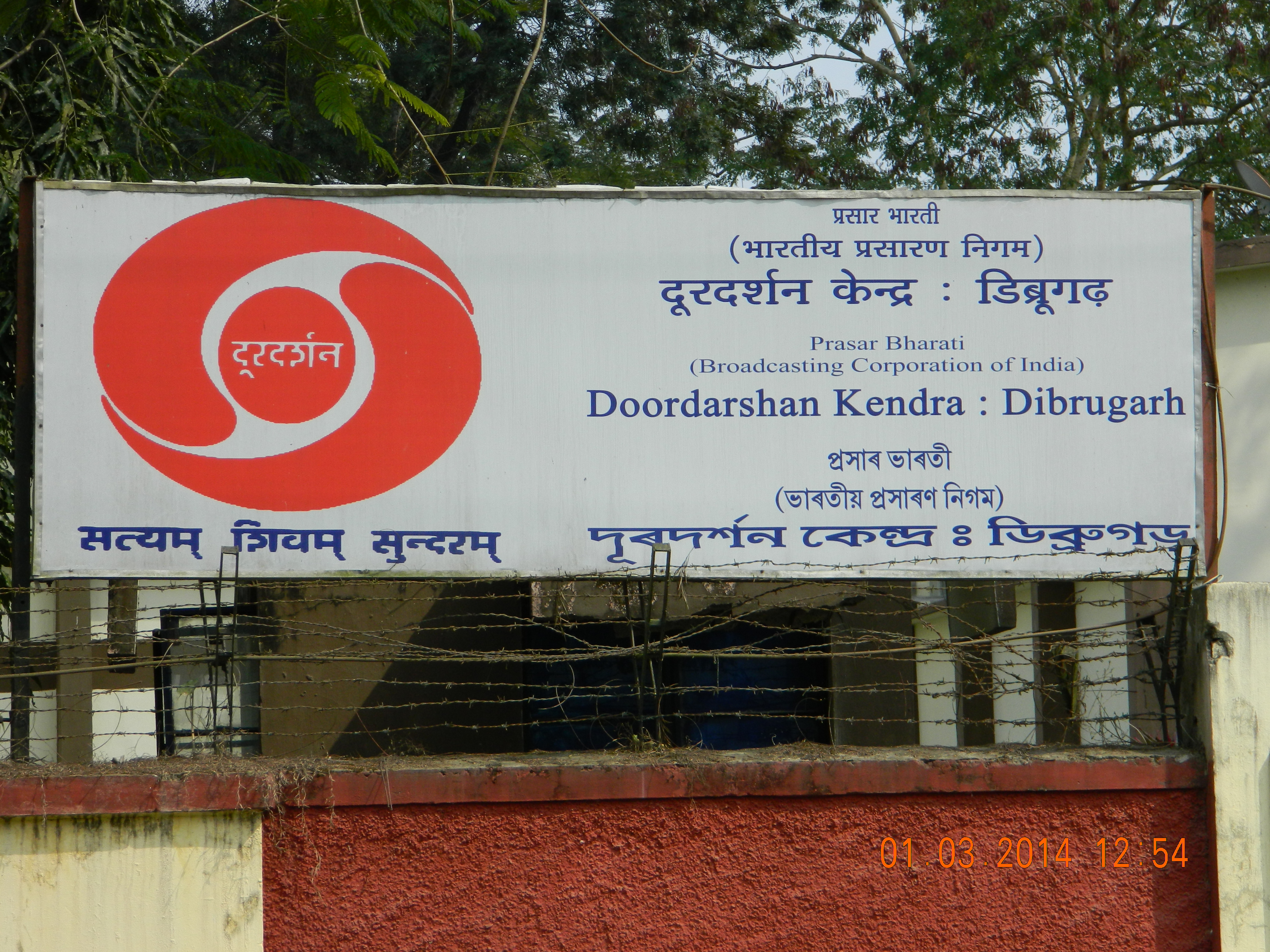
Photo Source
4. Set up a media regulator for print and television.
(While this did not include the internet, if these recommendations were relooked, then the internet must form a part of it as well.)
5. Ensure that regular disclosures on shareholding patterns and direct and indirect interests in a News brand are made public.
While these recommendations never did see the light of day, perhaps pushing for the implementation of some of these will help clean up the fourth estate and return its glory.
The following is the view of the writer and do not reflect those of The Better India.
(Edited by Vinayak Hegde)
Like this story? Or have something to share?
Write to us: [email protected]
Connect with us on Facebook and Twitter.
NEW: Click here to get positive news on WhatsApp!
This story made me
- 97
- 121
- 89
- 167
Tell Us More
We bring stories straight from the heart of India, to inspire millions and create a wave of impact. Our positive movement is growing bigger everyday, and we would love for you to join it.
Please contribute whatever you can, every little penny helps our team in bringing you more stories that support dreams and spread hope.







